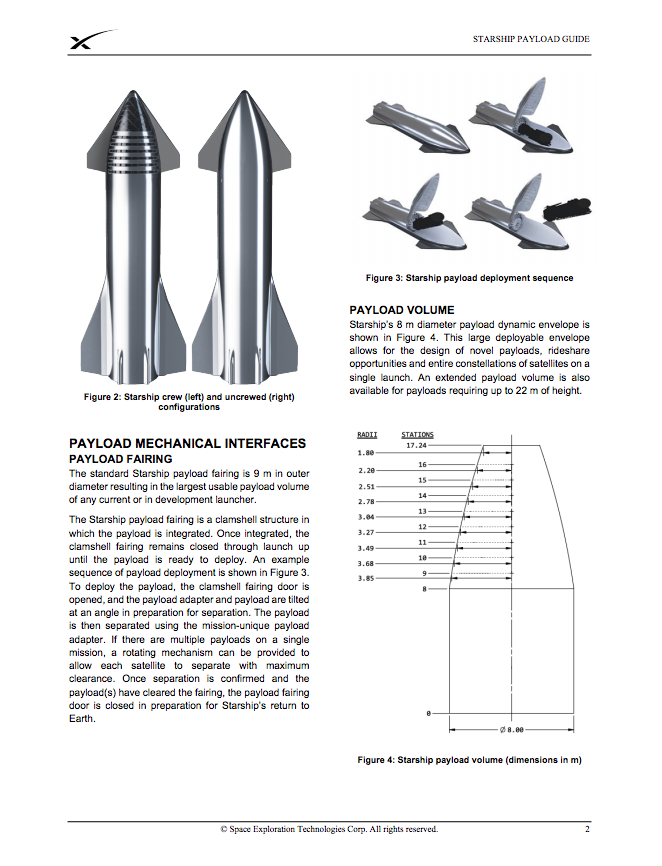
SPHERE
Based on my vision, here is a Product Requirements Document (PRD) for the SEVCO SPHERE. This PRD outlines my idea in a structured format to align stakeholders and guide future development.
I. Product overview
Executive summary
The SEVCO SPHERE is a series of customizable, spherical space recreation vehicles, akin to a high-end RV or Airstream for orbital travel. Designed to be a personal orbital habitat, it will be offered in multiple sizes, supporting up to a 100-ton variant capable of launch via the SpaceX Starship. Its purpose is to make family orbital vacations and space recreation accessible and comfortable.
Vision
To be the recreational vehicle of the final frontier, making private space tourism and orbital recreation a reality for every family. The long-term vision is to establish the SEVCO SPHERE as a standard for family space travel, bringing space closer to everyday life.
Goals
- Establish a market: Create and dominate the niche market of private orbital recreation vehicles.
- Enable family recreation: Make orbital travel a comfortable and enjoyable experience for all family members.
- Innovate space habitat technology: Develop advanced life support, safety, and comfort systems to redefine personal space travel.
- Ensure compatibility: Ensure the largest variant is compatible with the SpaceX Starship, enabling a clear launch strategy.
II. Market and user analysis
Market opportunity
The current market for private space travel is limited to ultra-high-net-worth individuals and government-funded missions. There is a significant, untapped opportunity to expand this market by targeting the recreational sector, similar to the evolution of the private jet market. The SEVCO SPHERE will create and own this segment by focusing on family-friendly amenities and comfort.
Target audience
-
Primary persona: "The Pioneering Family"
- Demographics: Upper-middle to high-income families with a keen interest in space exploration and adventure.
- Goals: Experience space together as a family in a private, comfortable, and safe environment.
- Pain points: Current options for space travel are prohibitively expensive, exclusive, and not designed for family comfort.
-
Secondary persona: "The Space Enthusiast"
- Demographics: Wealthy individuals and couples who are passionate about space and want a unique recreational asset.
- Goals: Possess a high-end, futuristic vehicle for personal orbital use and bragging rights.
Use cases
- The Family Vacation: A family charters a SpaceX Starship launch with their SEVCO SPHERE for a two-week orbital trip. They enjoy zero-gravity games, panoramic views of Earth, and comfortable, private living quarters.
- The Orbital Honeymoon: A couple uses a smaller SEVCO SPHERE model for a private, romantic orbital getaway, complete with spectacular views and a unique experience.
- The Mobile Research Lab: A university or private research firm uses a custom SEVCO SPHERE for low-gravity experiments or long-duration studies.
III. Proposed solution
Product features
-
Modular design: The
SEVCO SPHEREwill be offered in different sizes, with modular interior components that can be customized to the buyer's needs, from sleeping quarters to recreational areas.
- Life support: A robust, closed-loop life support system to provide clean air and water for extended orbital stays.
- Zero-G recreational space: A dedicated interior volume for zero-gravity activities and enjoyment.
- Panoramic viewing: Large, reinforced, and protected viewport windows for unparalleled views of Earth and space.
- Propulsion and navigation: Basic orbital maneuvering and station-keeping systems for short-duration travel around Earth.
- Docking interface: A standardized docking mechanism compatible with orbital stations and other spacecraft.
- Modern amenities: High-tech kitchenettes, sleeping pods, and entertainment systems suitable for a family vacation.
User experience (UX) requirements
- Intuitive controls: The internal controls and displays should be simple enough for a recreational user, not just a trained astronaut.
- Comfort and safety: The design must prioritize the safety of non-expert users and provide a comfortable, inviting atmosphere.
- Customizable interior: Buyers should be able to select and configure different interior layouts and amenity packages.
IV. Constraints and dependencies
Assumptions
-
Launch accessibility: Assumes reliable and frequent access to launch vehicles, specifically the
SpaceX Starship, for payload delivery.
- Regulatory approval: Assumes necessary space travel regulations will evolve to accommodate private, non-professional space tourism.
- Market demand: Assumes that a viable market of individuals and families will exist for this product once pricing and access are feasible.
Constraints
- Weight and payload limitations: The 100-ton limit for the largest model is a hard constraint tied to the launch vehicle.
- Technology maturity: The development will be constrained by the maturity of space-rated life support, propulsion, and materials technology.
- Cost: The high cost of design, development, and launch will necessitate a high initial price point and premium market positioning.
Dependencies
- SpaceX Starship: The initial launch strategy is entirely dependent on the operational status and availability of the SpaceX Starship.
- Material science: Depends on the development of advanced lightweight, radiation-shielding, and durable materials.
V. Release strategy
Phased release
-
Phase 1: Concept and prototype (Initial release)
- Goal: Build a small-scale, functional prototype to demonstrate core features like life support and maneuverability.
- Scope: Focus on a minimal viable product (MVP) to test core hypotheses and attract initial investment.
-
Phase 2: Commercial launch (Next 5-10 years)
- Goal: Produce a smaller-scale, crewed orbital demonstrator and secure a partnership with a launch provider.
- Scope: Manufacture a model capable of supporting 2-4 passengers for short orbital trips, catering to "The Space Enthusiast" persona.
-
Phase 3: Family-size models (Long-term vision)
- Goal: Develop and market the larger, 100-ton family variants, leveraging a more mature space tourism market.
- Scope: Introduce fully modular interiors and comprehensive recreation amenities to target "The Pioneering Family".
Success metrics
- Customer satisfaction: Measured through user feedback and post-flight surveys.
- Launch partnerships: Successful integration and flight with a reliable launch provider.
- Revenue milestones: Achieve profitability and sustain production across multiple models.
- Utilization rate: Track the frequency and duration of orbital trips by customers.






